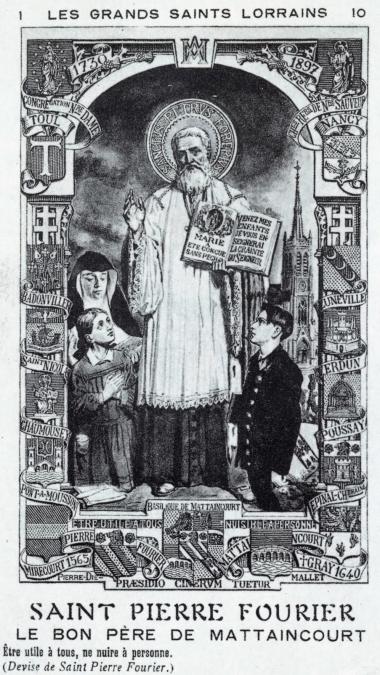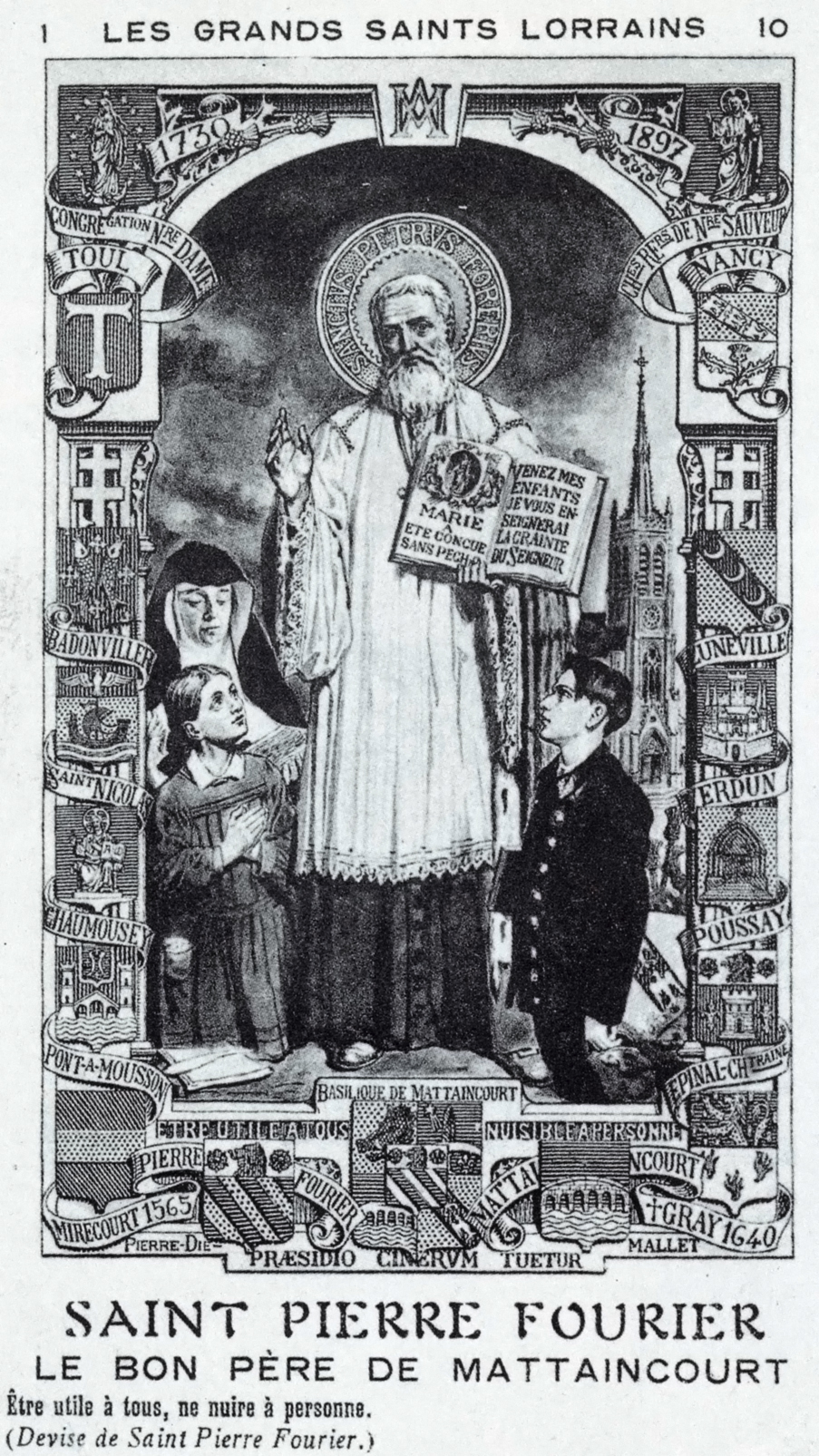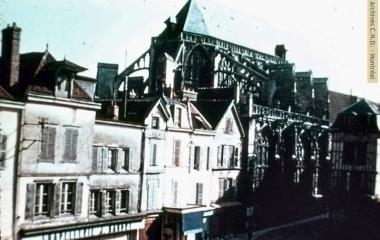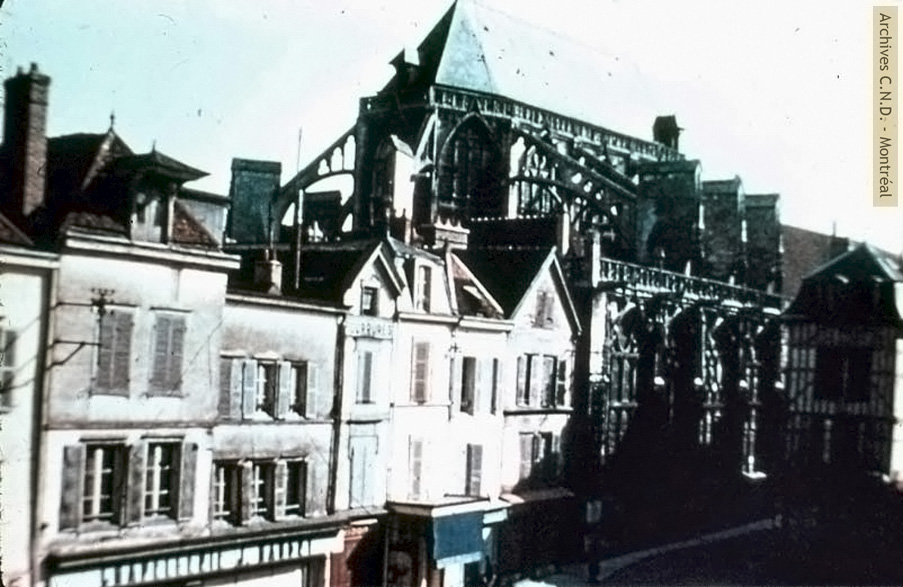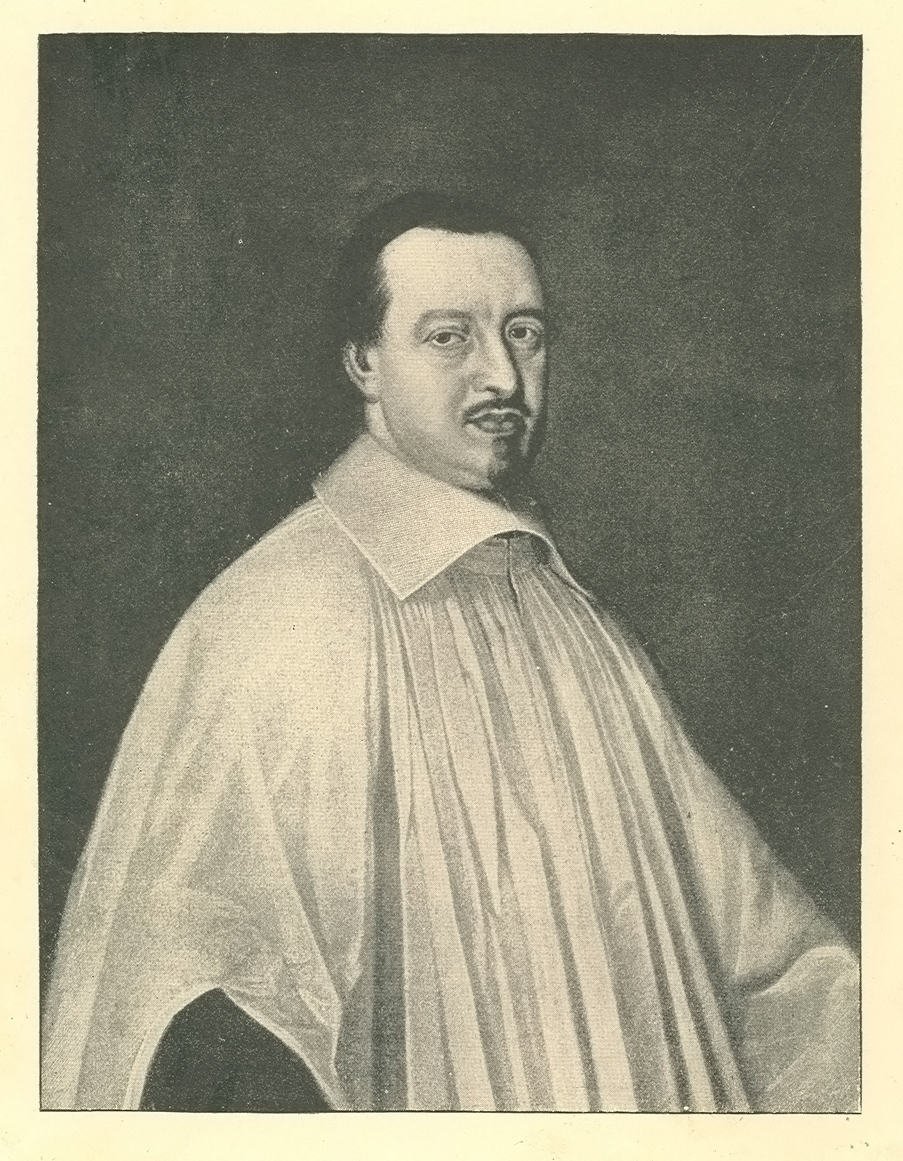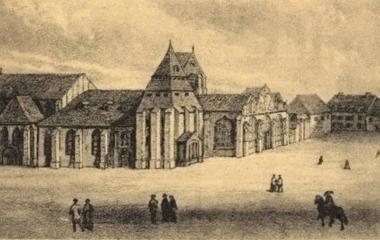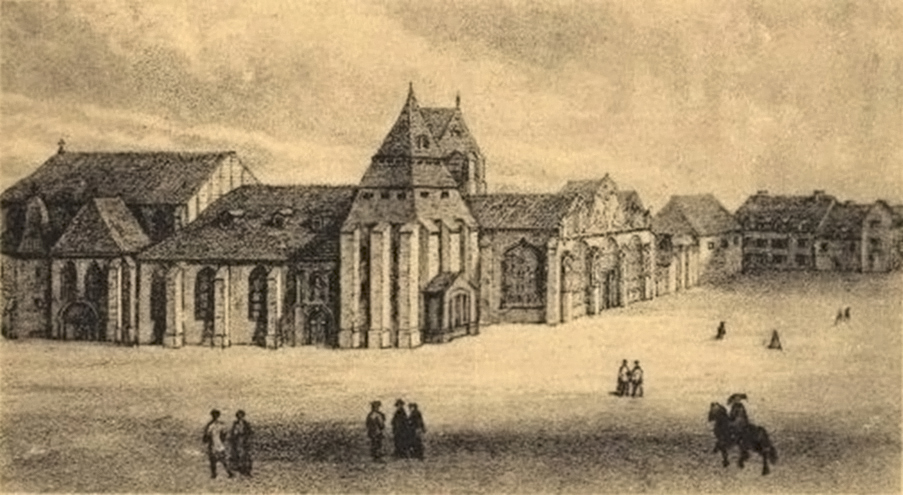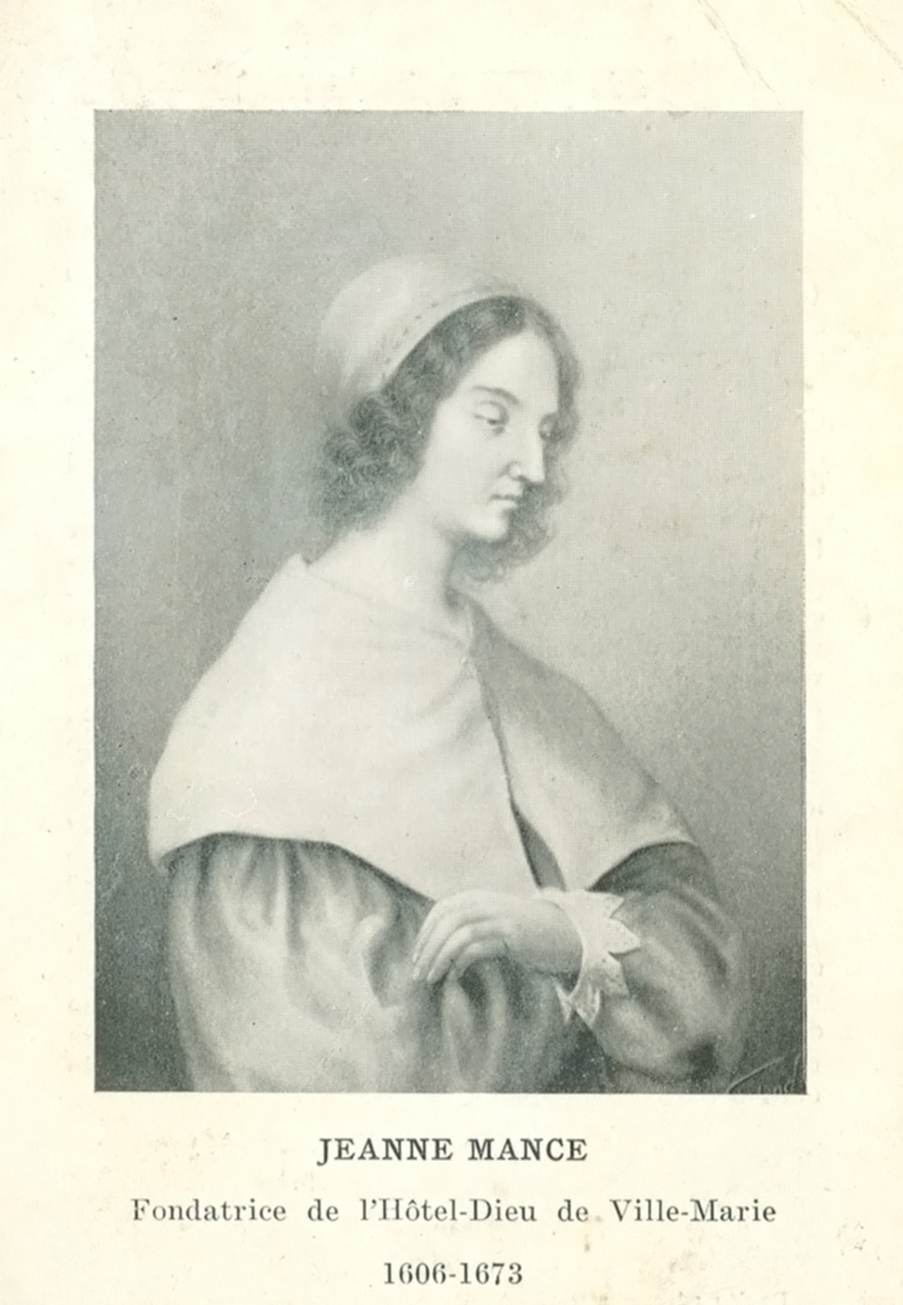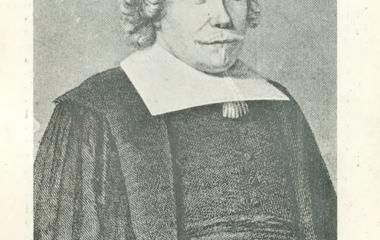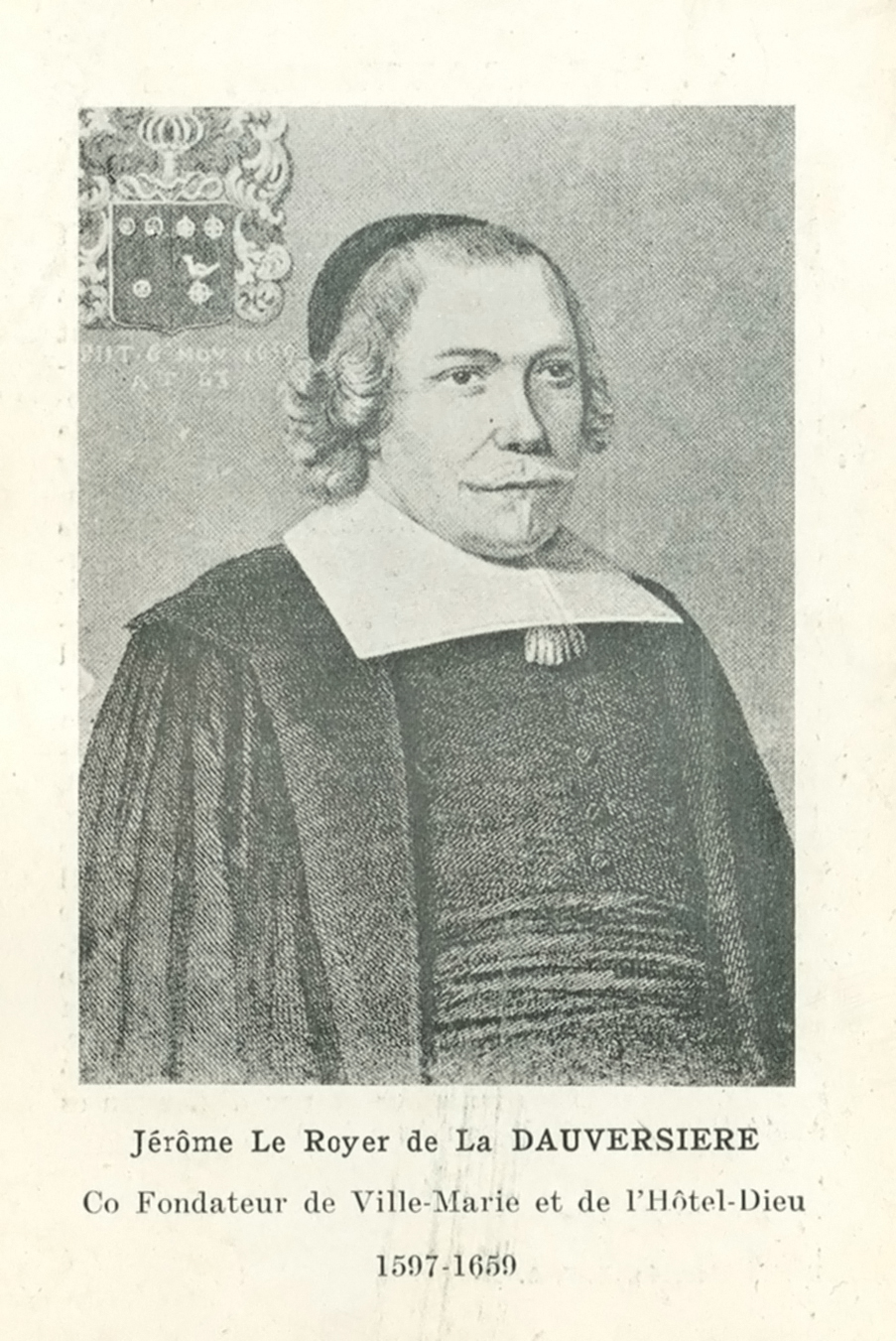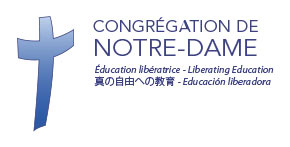Ville-Marie, the tiny settlement from which would grow the city of Montreal, had its origins in the desire to communicate the Christian faith to the Native Peoples of New France. The Jesuits began their missionary work in what is now Canada in 1611; their written reports on that work soon began to circulate in France and to awaken a response especially among some of their former students. Among these was Jérôme Le Royer de la Dauversière, a layman, husband and father, who had already founded a community of nursing nuns in his native La Flèche and Jean-Jacques Olier de Verneuil, a young secularpriest. They gathered with them a group that included lay people and clerics, men and women, single and married, nobles, middle-class and working people to form the Société de Notre-Dame de Montréal. They believed that, as their ancestors had received the Christian faith through missionaries who had come to northern Europe in the early Christian centuries, so it was now their responsibility to share that faith with the Native Peoples of America. To realize this, they planned and financed the establishment of a settlement that would itself be a model of a Christian community. The site chosen for this settlement was the island of Montreal at the junction of the Ottawa and Saint Lawrence rivers. Colonists were recruited and two leaders were appointed to make the foundation, Paul de Chomedey de Maisonneuve, a young soldier, and Jeanne Mance, who became bursar of the expedition and was entrusted with the task of founding a hospital. Despite many difficulties, that foundation was made in mid-May 1642 by a group of about forty persons.
Introduction - Unique Foundation in the New World
Unique Foundation in the New World
A Touch of Grace
In her later years, Marguerite Bourgeoys always associated an event that permanently changed her life with the foundation of Montreal. Born in 1620 in Troyes, the ancient capital of the province of Champagne in France, Marguerite was the daughter of a master candle maker who operated his own shop and held a position in the Troyes mint; her mother’s family was engaged in the textile trade. As was often the case for women in the class to which she was born, she learned not only the manual skills of the family trades but also the business skills of reading, writing, accounting and economic planning. Marguerite was gifted with both intelligence and a joyful and attractive disposition. In 1640 she experienced what she called a “touch” of grace that inspired her with the desire to give herself to God. When her attempts to enter a contemplative religious communitywere unsuccessful, she joined and eventually became leader of a group of young lay women who made it possible for the cloistered Congrégation de Notre-Dame of Troyes to reach out to the poor of that city. Marguerite began her work of education among the poor and dispossessed, trained by a group of women using the most advanced techniques of the time for the education of the ordinary people. Pierre Fourier who, with Alix Le Clerc, had founded the Congrégation de Notre-Dame, was a great innovator. His experience among the poor in his first parish had led him to the conclusion that almsgiving was not enough, that education was the means to allow the poor to improve their condition and to live with honour and self-respect. He gave himself to the invention of a pedagogy that would make that possible. The Congregation sister who directed the group in which Marguerite worked during these years was Louise de Chomedey, sister of Paul de Chomedey de Maisonneuve. Through her, Marguerite received the invitation to go and open a school in Montreal in 1653.
A Missionary Church
The 17th century saw the development of what is known as the French School of Spirituality, part of the movement of renewal associated with the Catholic Reformation. This spirituality has at its heart, the person of Jesus Christ whose life and missioncontinues in Christians through the presence of the Holy Spirit. The great feast of this spirituality is Pentecost, the day in which the Church came into being through the action of the Spirit of the Risen Christ. The sense of the missionary dimension of the Christian calling is apparent in the stated motivation of the Société de Notre-Dame de Montréal and in the writings of Marguerite Bourgeoys. The French Church of this period saw education as playing a huge role in this missionary activity from the education and formation of priests to the education by both word and example of the least members of society. The desire to work among the more disadvantaged in society led to a great desire among religious women to establish communities that would not be cloistered but would live close to and share the life of those they hoped to serve. Among the most important figures of the French School was Jean-Jacques Olier, founding member of the Société de Notre-Dame de Montréal and also of an association of priests known now as the Priests of Saint Sulpice. This group eventually assumed responsibility for Montreal and their support for the work of Marguerite Bourgeoys would become an important factor in its growth and survival.




